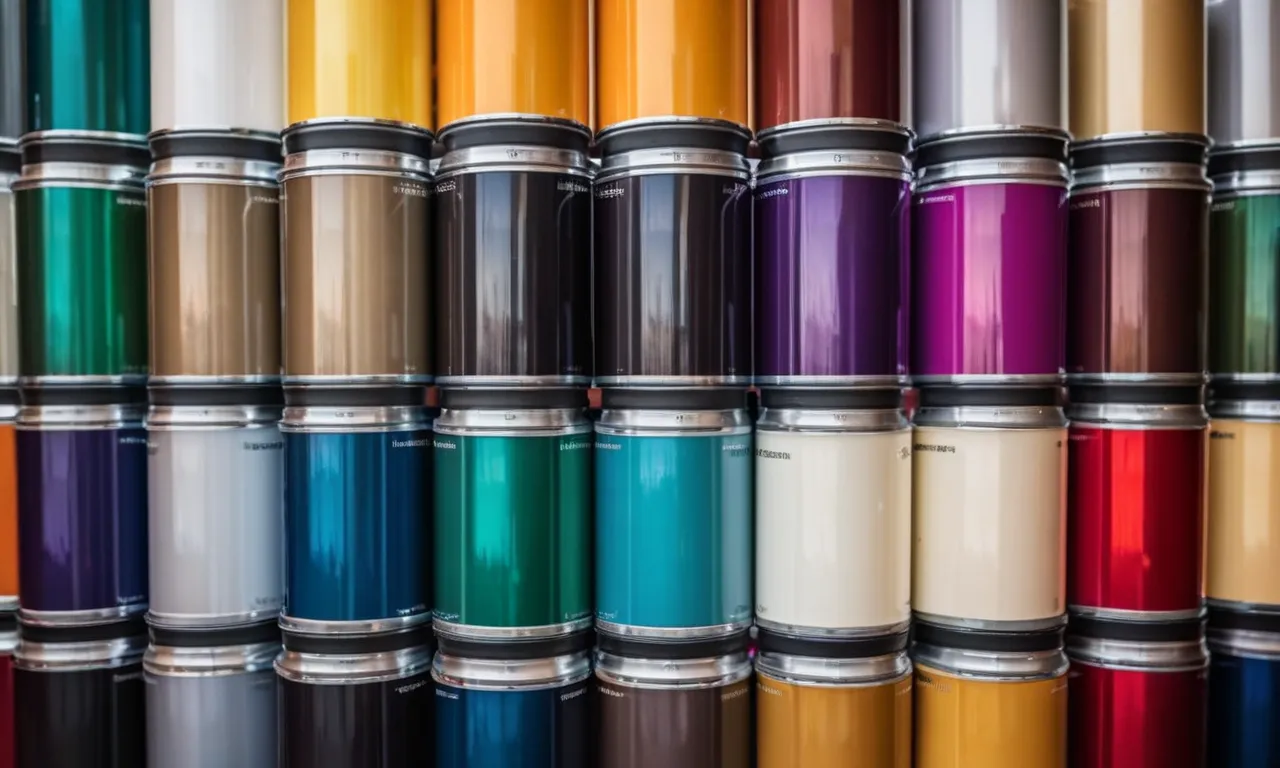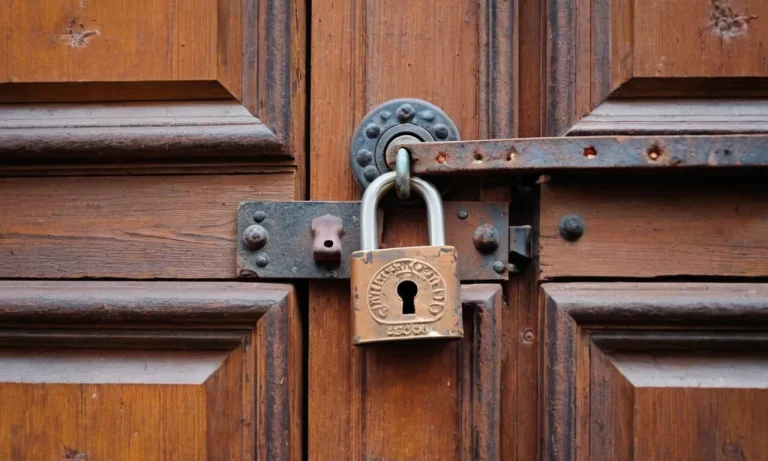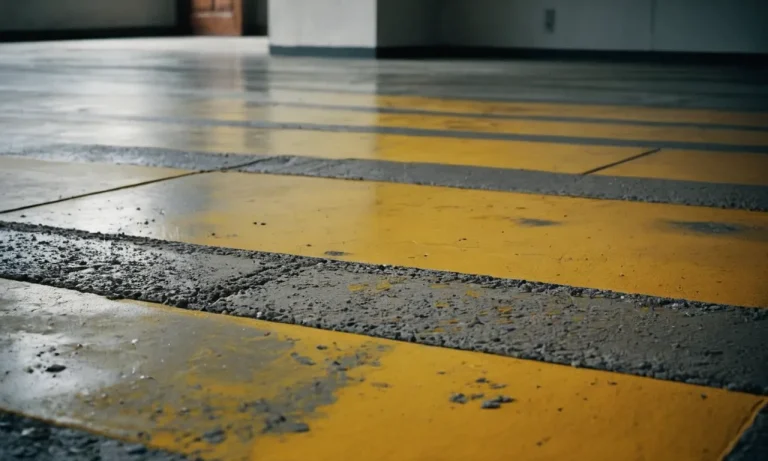What Types Of Paint Is Best For Automotive?
When it comes to painting your car, truck, or motorcycle, having the right type of paint is crucial for getting that smooth, glossy, professional finish. The paint you choose needs to stand up to exposure, withstand minor scratches, and hold its color over time.
In this comprehensive guide, we’ll explore the most common automotive paint options so you can pick the best one for your next paint job.
If you’re short on time, here’s a quick answer to your question: For most DIY and professional automotive paint jobs, a two-part polyurethane paint provides excellent durability, color retention and gloss. Enamel paints also offer good protection at a lower cost but don’t shine as brightly.
Polyurethane Paint
When it comes to automotive paint, polyurethane paint is often considered one of the best options available. It offers a range of benefits that make it a popular choice among car enthusiasts and professionals alike.
Provides a durable, high-gloss finish
Polyurethane paint is known for its ability to provide a durable, high-gloss finish that can make any vehicle stand out on the road. This type of paint is designed to resist fading and maintain its shine for an extended period of time.
Whether you’re looking to restore an older car or give your new vehicle a fresh coat of paint, polyurethane paint can deliver the sleek, polished look you desire.
More resistant to scratches, fading, and abrasions than enamel
One of the key advantages of polyurethane paint is its resistance to scratches, fading, and abrasions. This type of paint is formulated to withstand the harsh conditions of the road, including exposure to UV rays, extreme temperatures, and everyday wear and tear.
This means that your vehicle’s paint job will stay looking great for longer, even in challenging environments.
Typically a two-part system (catalyzed paint and activator)
Polyurethane paint is typically a two-part system, consisting of catalyzed paint and an activator. This means that the paint needs to be mixed with the activator before it can be applied to the vehicle.
While this may require a bit more effort and precision during the painting process, it results in a stronger, more durable finish that can withstand the test of time.
Acrylic Urethane Paint
Very similar in performance to polyurethane
Acrylic urethane paint is a type of automotive paint that is highly regarded for its performance. It is known for its durability, resistance to UV rays, and long-lasting finish. In fact, acrylic urethane is often considered to be on par with polyurethane paint in terms of performance.
This means that it provides excellent protection for your vehicle’s exterior, ensuring that it remains looking great for years to come.
Also a two-part system requiring a catalyst
Similar to polyurethane paint, acrylic urethane paint is also a two-part system that requires a catalyst to initiate the chemical reaction that allows it to harden and form a protective coating. The catalyst is typically mixed with the paint before application, and it helps to create a strong and durable finish.
This two-part system is preferred by many automotive enthusiasts and professionals as it ensures a high-quality and long-lasting result.
Somewhat easier to apply than polyurethane paints
While acrylic urethane paint shares many similarities with polyurethane paint, it does have one advantage in terms of ease of application. Acrylic urethane paint is generally considered to be somewhat easier to apply compared to polyurethane paints.
It has a lower viscosity, which means that it flows more smoothly and evenly. This can make it easier for DIY enthusiasts to achieve a professional-looking finish on their own.
Enamel Paint
Less expensive option compared to urethanes
When it comes to automotive paint, enamel paint is often the more budget-friendly choice compared to urethanes. This type of paint is widely available and can be found at a lower price point, making it a popular option for those looking to save some money on their car painting project.
Provides decent durability and gloss
Despite being a more affordable option, enamel paint still offers decent durability and a glossy finish. It provides a protective layer that helps shield the car’s surface from external elements such as UV rays, dirt, and debris.
This makes it a suitable choice for everyday vehicles that are exposed to various weather conditions.
Single-stage paint, no clear coat needed
Enamel paint is known as a single-stage paint, which means it doesn’t require the application of a clear coat. This simplifies the painting process and saves time and effort. It also eliminates the need to worry about achieving a smooth and even finish between the base coat and the clear coat.
Higher risk of fading, chalking, and scratches over time
While enamel paint offers affordability and convenience, it does come with some drawbacks. Over time, enamel paint is more prone to fading, chalking, and scratches compared to other types of automotive paint.
This can impact the overall appearance of the car and may require touch-ups or repainting in the future.
When considering enamel paint for your automotive project, it’s important to weigh the advantages and disadvantages. If cost and ease of application are your primary concerns, enamel paint can be a great choice.
However, if long-term durability and a flawless finish are your top priorities, you may want to explore other options such as urethanes or ceramic coatings.
Lacquer Paint
Lacquer paint is a popular choice for automotive applications due to its unique properties. It dries to a hard, durable, and glossy finish, giving vehicles a sleek and polished look. The high gloss finish also enhances the color and depth of the paint, making it a favorite among car enthusiasts and professionals alike.
Dries to a hard, durable, glossy finish
One of the main advantages of lacquer paint is its ability to dry to a hard and durable finish. This makes it highly resistant to scratches and chips, ensuring that your vehicle’s paint job remains intact for a longer period.
The glossy finish adds a touch of elegance and sophistication to any car, making it stand out on the road.
Resists scratching better than enamel
Compared to enamel paint, lacquer paint has better resistance to scratching. This is due to its unique composition, which forms a protective layer over the surface of the paint. As a result, minor scratches and abrasions are less likely to penetrate the paint layer, keeping your car looking great for years to come.
Requires many thin coats for full coverage
While lacquer paint offers excellent durability and a glossy finish, it does require multiple thin coats to achieve full coverage. This can be time-consuming and challenging for amateur painters who may not have the necessary skills or experience.
Therefore, it is recommended to seek professional help or invest in proper training and equipment to ensure the best results.
Can be challenging for amateur painters to apply properly
Applying lacquer paint correctly can be a challenge for amateur painters. It requires careful preparation, including sanding and priming the surface, to ensure proper adhesion. Additionally, lacquer paint needs to be applied in thin and even coats, with sufficient drying time between each layer.
Without proper technique and knowledge, the end result may not be as desired.
Basecoat/Clearcoat
Used for professional, show-quality paint jobs
The basecoat/clearcoat system is widely regarded as the top choice for professional automotive paint jobs. It is commonly used by auto body shops and enthusiasts who are looking to achieve a show-quality finish.
This type of paint system is designed to provide a flawless and stunning appearance that can make any vehicle stand out on the road.
Basecoat provides color, clearcoat protects the finish
The basecoat/clearcoat system consists of two separate layers. The basecoat layer is responsible for providing the color of the vehicle, while the clearcoat layer serves as a protective barrier for the paint.
The clearcoat layer helps to prevent damage from UV rays, chemicals, and minor scratches, ensuring that the paint job remains in excellent condition for years to come.
Very durable, deep gloss, and flawless appearance
One of the main advantages of using a basecoat/clearcoat system is its exceptional durability. This type of paint is designed to withstand harsh weather conditions, road debris, and everyday wear and tear.
Additionally, the clearcoat layer gives the paint a deep gloss and enhances the overall appearance of the vehicle, creating a stunning and flawless finish.
Most expensive option, requires professional spray painting
While the basecoat/clearcoat system offers many benefits, it is important to note that it is also the most expensive option when it comes to automotive paint. The materials and labor required for this type of paint job can be quite costly.
Additionally, applying a basecoat/clearcoat system requires professional spray painting techniques to achieve the desired results. Therefore, it is recommended to consult with a professional auto body shop for this type of paint job.
Conclusion
When choosing a paint for your car or motorcycle, consider how much prep work you’re willing to put in, your budget, and the final appearance you want. Polyurethane or acrylic urethane paints provide the most protection and gloss but require more effort to apply.
For a simpler DIY job, enamel or lacquer paints are good options that still offer decent durability. And for show car quality, basecoat/clearcoat reigns supreme but is best left to the professionals. With the right automotive paint for your needs, you’ll end up with a finish that makes your ride look its best for years to come.







